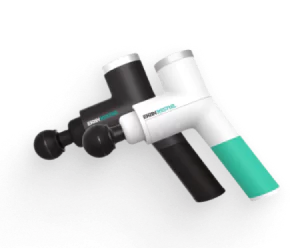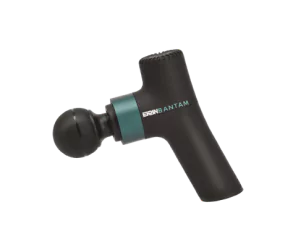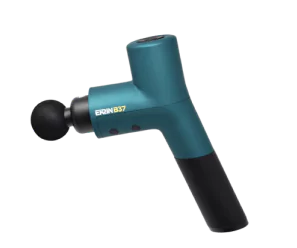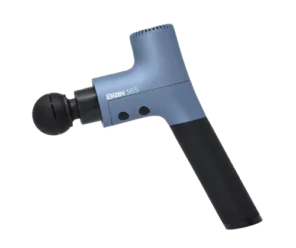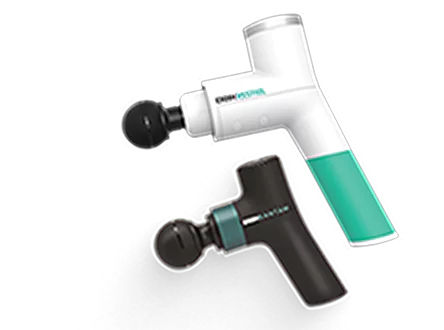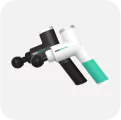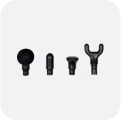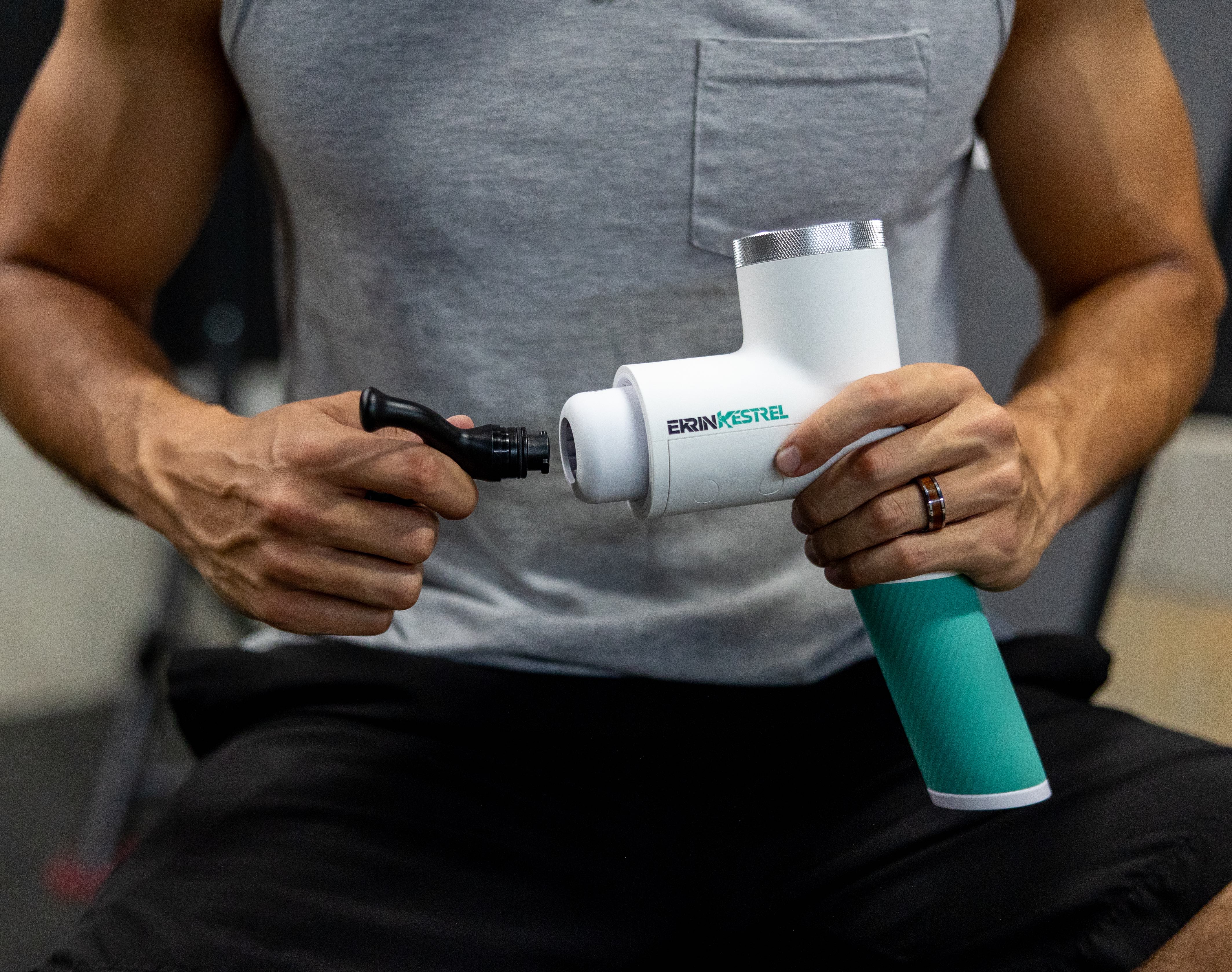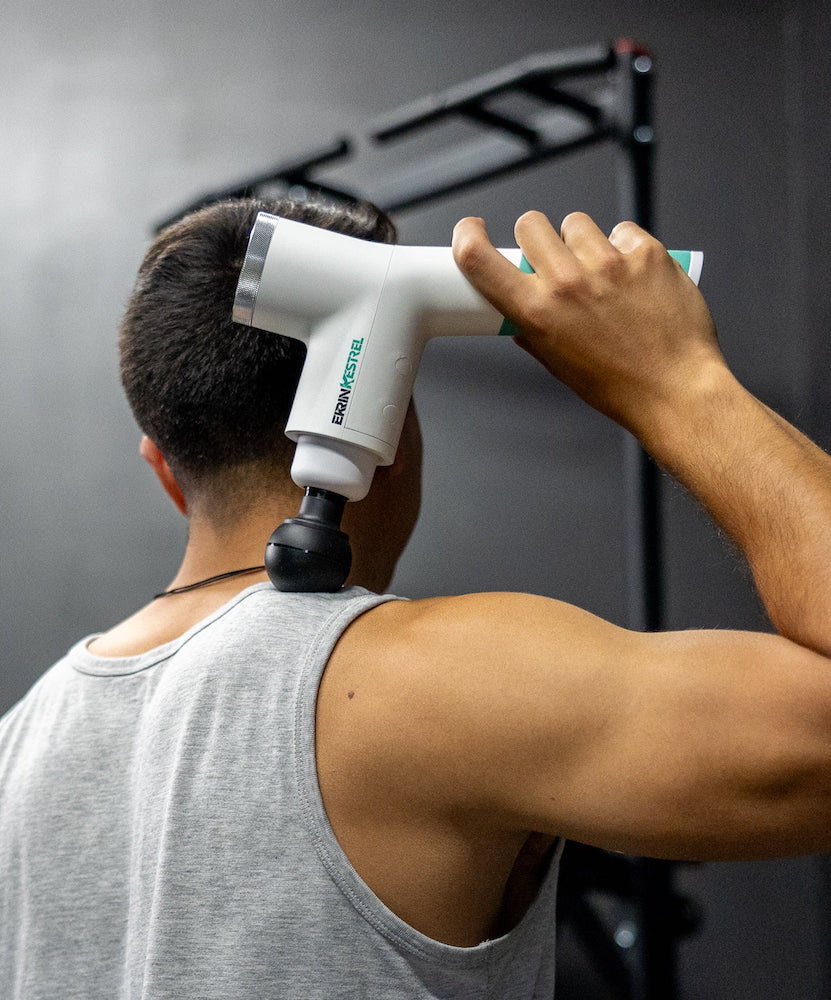
Within the last few years, the fitness industry has experienced a surge in new fitness technology. From wearable fitness tech to smart gym equipment and virtual reality workouts, the inventiveness of the fitness world seems endless. If you’re ready to level up your health and wellness, read on to learn about recent innovations in the industry guaranteed to transform the future of fitness.
Artificial Intelligence (AI)
AI is currently impacting every industry, from film to marketing to finance, and now it’s making its mark on the fitness industry too. AI-powered fitness apps use basic information like height, weight, and fitness goals to recommend a personalized exercise plan within minutes. Having your customized workout plan available on a mobile phone app means you can access it anywhere: at home, at the gym, in the park, or wherever you like to exercise. Plus, many of these apps operate on a subscription model that is often cheaper than hiring a personal trainer (PT). While PTs still offer many services AI can’t yet replicate, the convenience, efficiency, and affordability of AI-powered fitness tools are unmatched (Mons, 2020; Reid, 2023).
Biohacking
Biohacking implements practices from the fields of nutrition, neuroscience, biology, and genetics to augment physical and mental well-being and achieve specific health goals, such as increasing muscle mass or losing weight. There are various types of biohacking that people can use to achieve certain ends. For example, people often employ lifestyle biohacking to form habits that promote longevity and performance, including meditation and dieting. Similarly, people use molecular biohacking to adjust their biology with natural and synthetic molecules, usually in the form of supplements. While some biohackers have been criticized for following health practices that have yet to be backed up by science, health professionals affirm that evidence-based biohacking is safe for most people (Neumann, 2024).
Fitness Platforms
Social media has taken over in the last couple of decades, so it’s no surprise that younger generations are starting to incorporate social platforms into their fitness routines. When you lack the motivation to exercise, having an online community to provide encouragement and support can give you the energy you need to get going. Through apps like MyFitnessPal, Freeletics, and Strava, users can connect with like-minded individuals, share their progress with community members, compete with others through leaderboards, and seek encouragement. For those who need the motivation of a workout group but don’t belong to a gym or in-person fitness community, these platforms are a great alternative. Users can now experience the same feelings of camaraderie and support they would usually get from a workout class even if they’re exercising alone (Noren, 2023).
Gamification
While working out is the best part of the day for some, it can be a chore for others. Fortunately, gamification is making exercising a lot more fun. Gamification combines video game elements with non-virtual spaces to build a unique and engaging workout experience. Research has demonstrated that gamification helps to promote physical activity and create healthy habits. The immersive aspect of gamification makes otherwise tedious tasks more exciting, providing the necessary motivation that ordinary workouts might not. Additionally, some gamification experiences can be interactive, meaning you can enjoy exercising with friends. Although gamification technology is most equipped to support cardio exercises, some fitness industry experts are already working on adapting it to fit other kinds of workouts, such as strength and conditioning programs (Reid, 2024).
Massage Guns
Massage guns use percussive therapy to elevate mental and physical well-being by helping improve performance, reduce body aches, and induce relaxation. Many people have begun using massage guns pre- and post-workout to complement their training and support their active lifestyle.
The benefits of massage gun therapy include:
- Helps prevent injury
- Relieves muscle tension and soreness
- Improves circulation
- Aids the recovery process
- Supports healthy sleep patterns
- Relieves stress
Percussive therapy works by applying high-speed, repetitive pressure to targeted muscle groups. This increases blood flow in these regions of the body, which in turn loosens the muscles, increases mobility and flexibility, reduces soreness, and prepares muscles for physical activity, helping prevent injury. Beginners, professional athletes, and everyone in between can use percussive therapy to support their workout regimen and everyday activities (Penfold, 2023).
The future of fitness is diverse and exciting, but in the present, people are already seeing the benefits of massage guns. As percussive therapy becomes increasingly widespread, more people are turning to massage guns to supplement their daily fitness routines. If you want to elevate your mental and physical wellness, now’s the time. Try out one of Ekrin’s massage guns today and see for yourself how percussive therapy can support your active lifestyle.
Experience Deep Relaxation Anytime, Anywhere
Ekrin Athletics leverages cutting-edge science and technology to help you move better, prevent injury, accelerate recovery, and maximize your performance potential. Trusted by professional athletes, doctors, and physical therapists, Ekrin’s wellness products utilize innovative percussive technology to help you achieve your health and fitness goals.
For more information on Ekrin’s game-changing massage guns, visit our website.
Resources:
10 Important Future Fitness Trends
Fitness is social: top 6 features all successful apps share
Gamification is revolutionizing the fitness industry: these men are leading the way
Is AI Going To Replace Personal Trainers?
How a massage gun can help your exercise regime – and the key things not to do with one
What Is Biohacking And How Does It Work?
Photo by William Choquette from Pexels
This article is for educational and informational purposes only and is not intended for use as medical or health advice. For any health concerns or conditions, please talk to your doctor.
Written by Lauren Nee for Ekrin.com
